
Himalayan Collection
The Himalayan Collection at the Hopp Museum amounts to around 250 objects, out of which a few early pieces are of international significance. The largest part of the collection was donated to the Hopp Museum by Imre Schwaiger (1868–1940), an art dealer from the Hungarian city of Szeged, who settled in India at the end of the nineteenth century. Due to his commercial relations, he was one of the first collectors of Nepalese art. Most of the objects in the collection represent the art of Tibetan Buddhism. These are mainly statues produced using lost-wax casting and fire gilding, also scroll paintings (in Tibetan: thangka), woodcuts, and ritual objects, which originate predominantly from the seventeenth- and eighteenth centuries. A significant part of the collection is a group of jewellery, also donated to the museum by Schwaiger. His last gifts to the museum arrived in Budapest miraculously, as they were sent by post from London after these items had survived the bombing of the city in the building of the Hungarian Embassy: finally, they were placed in the collection of the Hopp Museum in 1951.
Among the Tibetan objects, the scroll paintings are of special significance, for example, a fifteenth-century Tibetan thangka depicting the Kalachakra mandala, donated to the museum by Schwaiger, or the oldest thangka in the collection, depicting Amoghasiddhi, one of the five Tathagata Buddhas, which dates back to the fourteenth–fifteenth century.
The most important section of the Nepalese collection comprises some early objects from the thirteenth and fourteenth centuries, including the sculptures representing the Nepalese Newar Buddhism. Most of them, however, feature the less artistic but more decorated style of the eighteenth century. The finest and oldest piece in the Nepalese collection, from the Early Malla period (thirteenth–fourteenth century), almost certainly depicts the Hindu goddess called Durga.
In 1942, to mark the centenary of the death of Alexander Csoma de Kőrös, Zoltán Felvinczi Takács organised an exhibition in Kolozsvár (today Cluj, Romania) that featured Tibetan exhibits from the Hopp Museum for the first time. After World War II, the collection was taken over by Ervin Baktay (1890–1963) within the Indian / South Asian Collection, who worked in the museum since 1946. In the early 1980s, in keeping with the newfound international interest in the art of Tibetan Buddhism, three exhibitions on the subject were held in quick succession.
Gallery
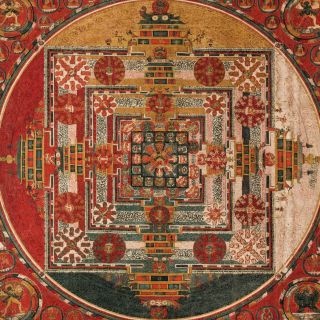
Tibet, second half of the 15th century
Thangka, painted canvas
Gift from Imre Schwaiger
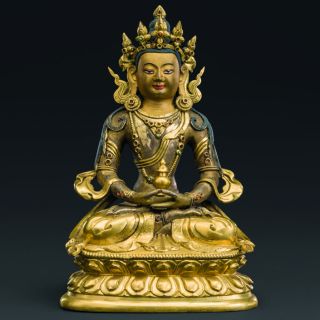
China, Tibetan-Chinese, 19th century
Gilt brass with carved decoration, painted with cold gold
Estate of Károly Csapváry-Csapek

Tibet, 14th–15th century
Thangka, painted canvas
Gift from Imre Schwaiger, 1936
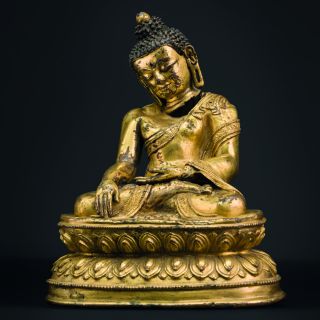
Tibet, 15th century
Carved gilt copper
Purchase
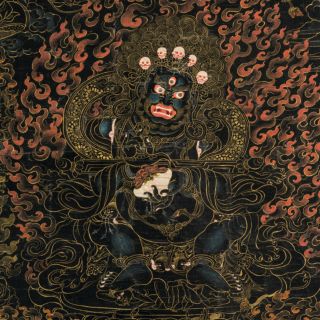
Tibet, 18th century
Thangka, painted canvas and silk
From the collection of Emil Delmár

Tibet, early 1950s
Woven wool
Gift from the Institute of Vehicle Development, 1957
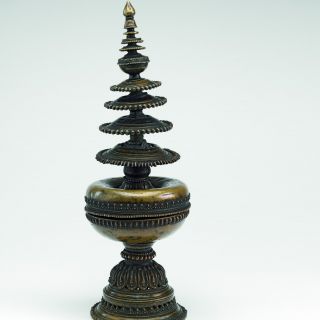
(IN NEWARI: SINHAMŪ)
Nepal, 18th century
Brass
From the collection of Emil Delmár
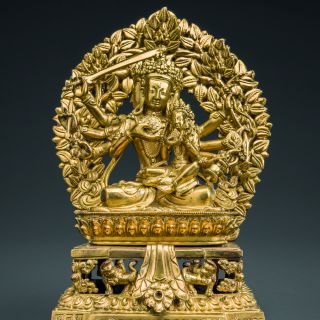
AS MAHAVAIROCANA
Nepal, inscribed, 1808
Gilt copper, four sections
Gift from Imre Schwaiger
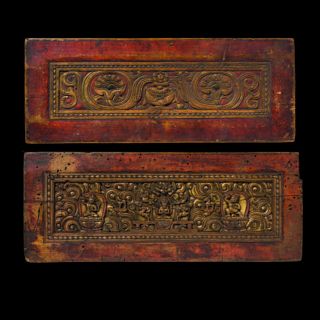
Tibet, 14th century
Carved wood, with traces of painting and gilding
Gift from Imre Schwaiger
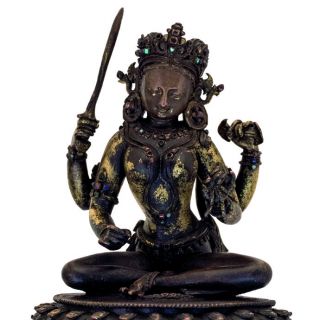
Nepal, 13th–14th century
Copper, traces of fire gilding, inlaid gemstones
Gift from Imre Schwaiger, 1936